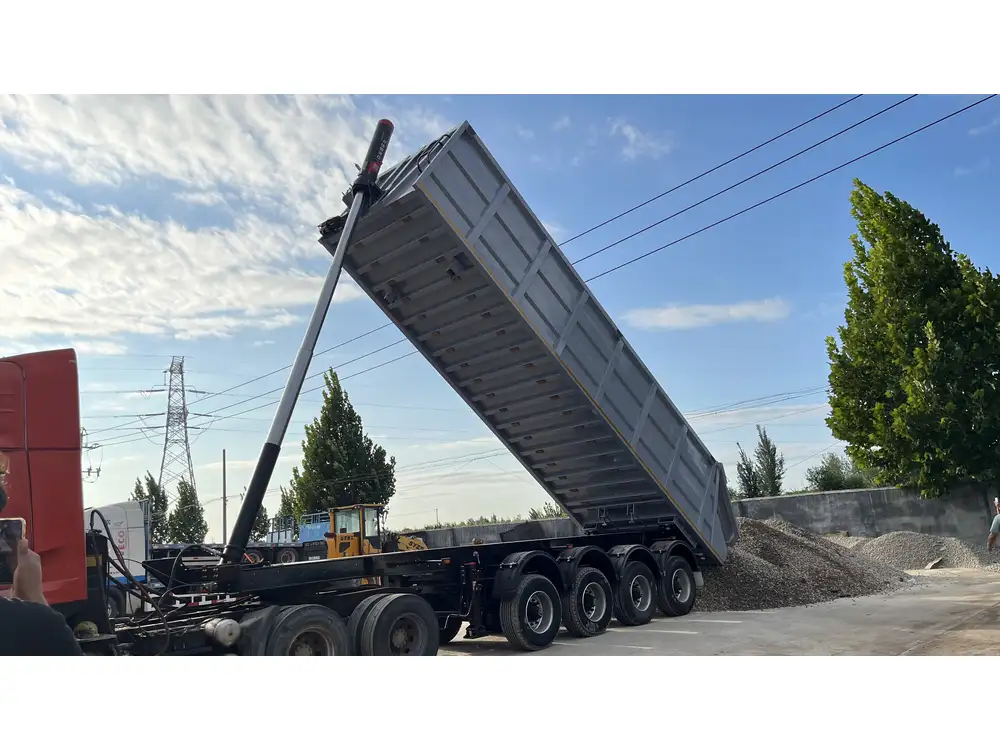When it comes to transporting motorcycles, ensuring they are securely fastened on a flatbed trailer is paramount for both the safety of the bike and the peace of mind of the owner. In this detailed guide, we will delve into effective methods, useful tips, and best practices to guarantee your motorcycle is properly secured during transport, minimizing the risk of damage or unforeseen accidents.
Essential Tools and Equipment
Before embarking on securing your motorcycle, you must gather the necessary tools and equipment. Here’s a list of items you’ll need to ensure successful transportation:
| Item | Description |
|---|---|
| Ratchet Straps | High-quality, heavy-duty straps capable of holding the weight of your motorcycle. Aim for at least four. |
| Wheel Chock | A device that keeps the front wheel of the motorcycle stable and upright. |
| Soft Tie Straps | These prevent abrasions on the bike’s finish while securing it tightly. |
| Tie-down Anchors | Points on the trailer where ratchet straps will be secured. Ensure they’re rated for motorcycle transport. |
| Gloves | For better grip and protection when handling the equipment. |
| Tool Kit | Spare tools to make any necessary adjustments or repairs during the process. |
Step-by-Step Process for Securing Your Motorcycle

1. Preparation
Before you begin securing your motorcycle, ensure the flatbed trailer is on stable ground and devoid of any obstructions. Check that the surface of the trailer is clean and that there are no loose items that could shift during transport.
2. Positioning the Motorcycle
a. Load the Motorcycle
Carefully drive or push the motorcycle onto the flatbed trailer. Make sure to align it in a way that minimizes weight distribution issues. For optimal balance, position the motorcycle towards the front of the trailer, slightly towards the center. This helps prevent swaying during transport.

3. Using a Wheel Chock
Installation of the Wheel Chock
Locate the Wheel Chock: Place the wheel chock at the front of the motorcycle’s front wheel. Make sure it is firmly positioned against the trailer deck.
Secure the Wheel Chock: If the wheel chock has mounting holes, secure it with bolts for added stability.
4. Employing Ratchet Straps
a. Choosing the Right Straps
Choose ratchet straps specifically rated for motorcycle transport. Look for straps with a minimum break strength adequate for your bike’s weight.

b. Attaching the Ratchet Straps
Front Straps:
- Attach two ratchet straps to the motorcycle’s handlebars.
- Pass them over the handlebars and connect them to the tie-down points on the trailer.
Rear Straps:
- Secure two straps at the rear section of the motorcycle (use the frame or footpeg) and attach these to the trailer’s rear tie-down points.
Diagram for Strap Placement:
Front View
|-----------------------|
| Trailer |
|-----------------------|
| ^ |
| Ratchet Strap |
|_____________________|
/ \
| |
----|---- ----|----
| || | | || |
| || | | || |
| || | | || |
----|---- ----|----
Motorcycle5. Adjusting Tension
a. Tightening the Straps
Once the straps are in place, slowly tighten them using the ratchet mechanism. Avoid overly tightening as this could damage the motorcycle’s frame or components. The motorcycle should remain upright but the straps must be taut enough to prevent movement.

6. Checking Stability
After securing the motorcycle, perform a stability check. Gently wiggle the bike to ensure there is no significant movement. Adjust the straps as necessary, ensuring they maintain optimal tension.
7. Additional Safety Measures
Use Soft Tie Straps: These will help prevent scratching or damaging the motorcycle’s paint and bodywork.
Monitor During Transport: If possible, periodically check the straps during long journeys, especially when driving on uneven terrain.
Troubleshooting Common Issues
While the process may seem straightforward, various complications can arise. Here are common problems and their solutions:
| Issue | Solution |
|---|---|
| Straps Slipping | Ensure straps are of high quality, and double-check your attachment points. Use additional soft tie straps if required. |
| Wheel Chock Not Secure | Reinforce the wheel chock with mounting bolts and check placement before loading. |
| Bike Leaning | Reposition the bike with proper alignment and redistribute weight if necessary. |
| Excessive Vibration | Ensure that straps are taut and check the trailer for any loose components. |

Best Practices for Safe Transport
Double-check Everything: Before hitting the road, ensure all equipment is functional and in place.
Utilize Fenders: If your trailer has fenders, ensure that your motorcycle’s sides are adequately positioned to prevent scratches.
Avoid Overloading: Make sure your motorcycle is within the weight capacity of your flatbed trailer to enhance stability.
Use Safety Flags: If transporting long distances, utilize flags to mark wide loads that hang over the trailer. This can prevent accidents or roadside issues.
Conclusion
Successfully securing a motorcycle on a flatbed trailer is crucial for safe transport. By utilizing high-quality tools, carefully positioning your motorcycle, and employing proper strapping techniques, you can ensure your bike arrives at its destination without hassle or damage. Following the detailed steps outlined here will enable you to transport your motorcycle with confidence. Each aspect discussed is aimed at minimizing risks while maintaining a focus on practicality and readiness.
Remember, preparation and attention to detail are key to ensuring your motorcycle remains safe throughout its journey. Whether you’re embarking on a cross-country ride or simply transporting your bike for repairs, the methods explored in this guide will help you conquer any motorcycle transport challenge.



